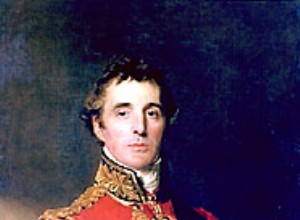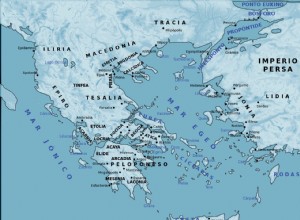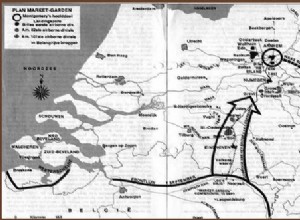Arthur Wellesley (30 April 1769, Duncan-Castle, County Meath – 14 September 1852), 1st Earl then Marquess then Duke of Wellington, was an Anglo-Irish aristocrat who became a British soldier and politician. He is best known as Napoleons victor at Waterloo. He is often compared to John Churchill, Du




